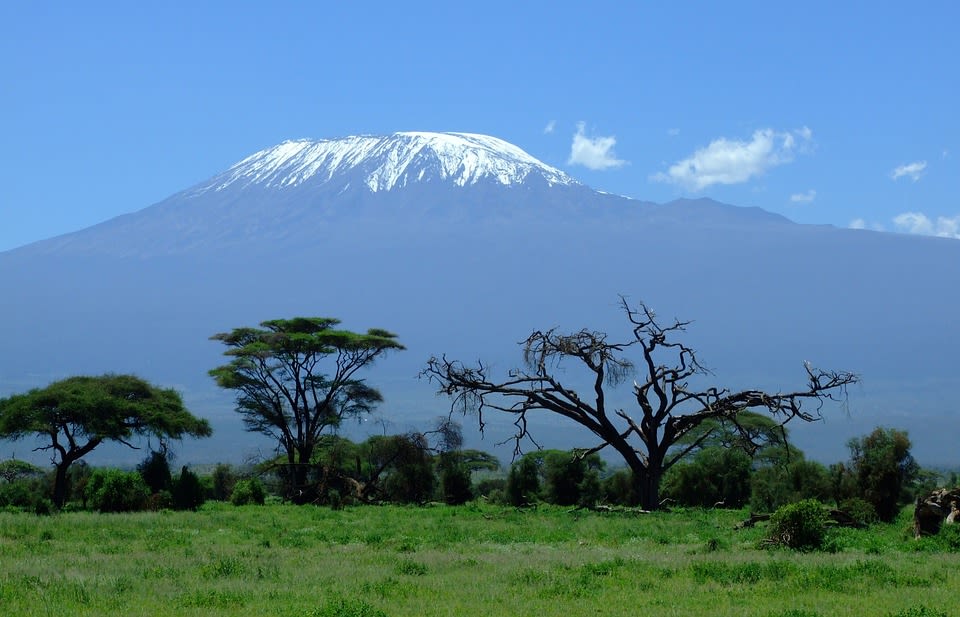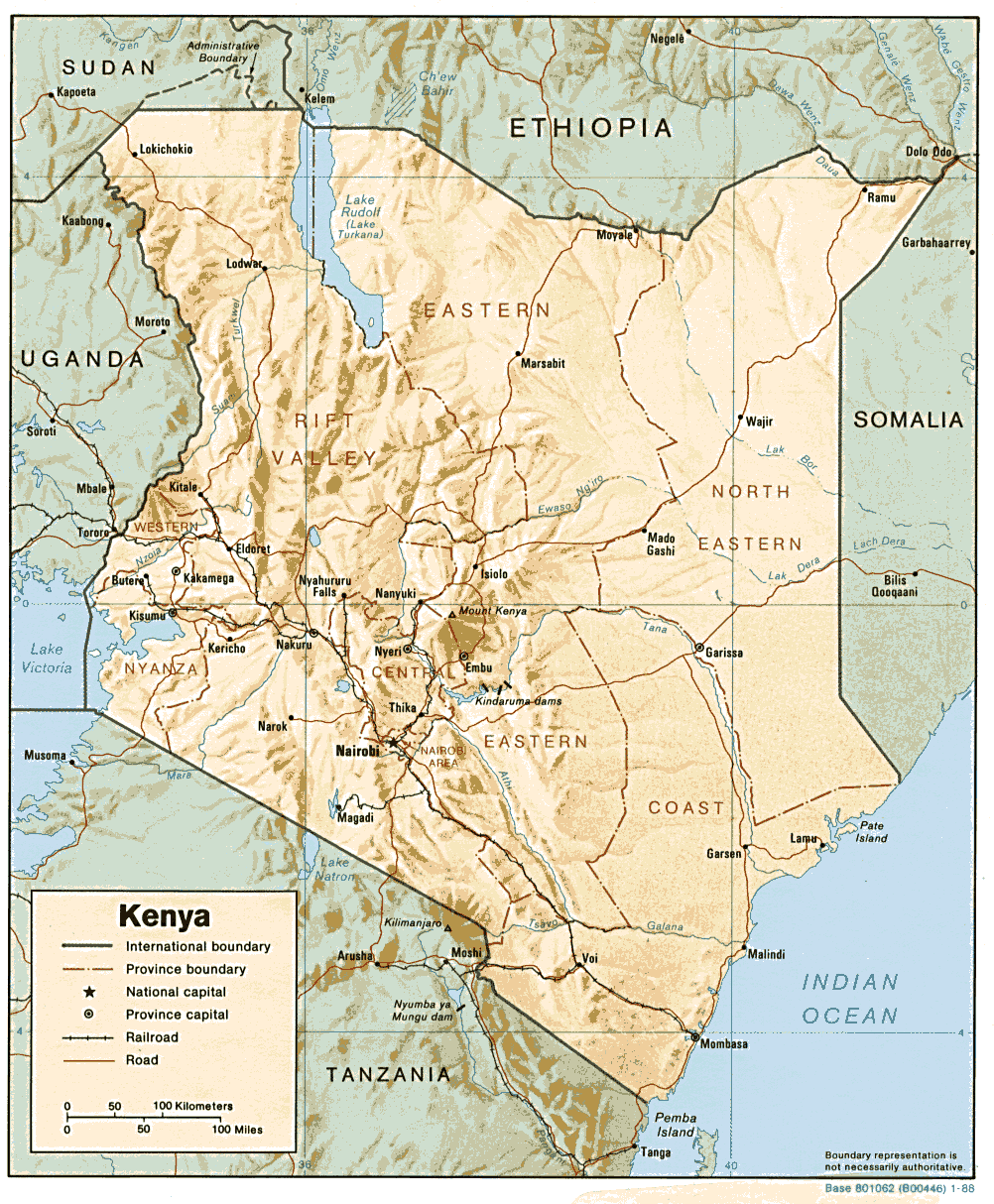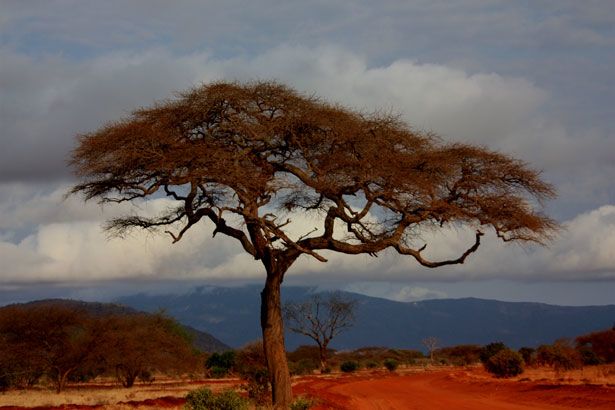![[object Object]](https://cdn.berthafoundation.org/wp-content/uploads/2018/11/shorthand/3156/wbM76uszS5/assets/page-wbM76uszS5/section-Y7ysFCcXyW/landscape/image-4KsN24OK51/kilimanjaro-1025146_960_720-960x617.jpeg)
VIDEO ADVOCACY CASE STUDY
INDIGENOUS LAND RIGHTS IN KENYA
Evidentiary Video Submission to African Commission

Summary
Organizations Producing the Videos:
Center for Minority Rights Development (CEMIRIDE)
WITNESS
Countries of Production:
Kenya (footage shot) and U.S. (film edited)
Issues Addressed:
Indigenous land rights and forced evictions
Intended Use of the Videos:
Evidence before quasi-judicial regional human rights body
Target Audience:
African Commission on Human and Peoples’ Rights (ACHPR)
Videos:
Evidentiary Submission to the ACHPR
(9.46 min video)
Rightful Place: The Endorois Struggle for Justice (16.24 min video)
The Issue
The Endorois are a community of thousands of nomadic pastoralists who lived for centuries in the Lake Bogoria region of Kenya’s Central Rift Valley. In 1973, without adequate consultation, the Endorois community was forcibly evicted from their land by the state of Kenya to create the Lake Bogoria Game Reserve, completed in 1978. The Endorois community lost access to their homes, grazing pastures and ancestral spiritual sites upon which they depend for their survival and cultural identity as indigenous peoples. They were also denied participation in the revenues of the reserve.
The Organizations
CEMIRIDE is an advocacy organization devoted to strengthening the capacities of minority and indigenous communities in Kenya and East Africa to secure the respect, promotion and protection of their rights.
WITNESS trains and supports activists and citizens around the world to use video safely and ethically, to effectively expose human rights abuse and to fight for human rights change.
Why Video?
Together, WITNESS and CEMERIDE formed a partnership around video advocacy, collaborating with the Endorois Welfare Council (EWC) and Minority Rights Group International (MRG) to produce a video submission to the African Commission on Human and Peoples’ Rights (ACHPR), a regional human rights body. CEMERIDE had already produced reports on the issue with the Endorois community and wanted an additional tool to show the impact of the forced evictions.
Advocacy Objectives and Target Audiences
The video played three key roles:
First, the video corroborated the Endorois’ claims and showed how the state of Kenya had breached the African Charter of Human and Peoples’ Rights. Given that the ACHPR met in the Gambia - nearly 8,000 kilometers away from Kenya - the video allowed the ACHPR Commissioners to see the challenges the Endorois faced. For example, the Commissioners could identify the land that the Endorois had previously occupied, the lands where they were resettled and some of their cultural practices lost, as well as other issues they were facing.
Second, the video allowed Endorois voices to be directly heard by the ACHPR Commissioners. To this end, the use of video promoted the human rights principles of agency, participation, and access to justice by not allowing legal counsel to be the sole representatives of co-petitioners/plaintiffs in this process.
Third, the process of filming helped motivate the community to stay united and continue the decades-long fight. The many hours of recorded interviews will serve as a valuable oral history for the Endorois people and will be shared for generations to come.
The Endorois community brought their case to the High Court of Kenya, but it was dismissed in 2002. After exhausting domestic remedies, the case was brought to the ACHPR alleging a violation of their rights with regards to health, property, natural resources, development, culture and freedom of religion.
Two videos were produced: one was a 9 min evidentiary submission for the case at the ACHPR (2006) for which their target audience was the ACHPR Commissioners, while the other video was a 16 min video Rightful Place: The Endorois Struggle for Justice (2007) for a broad range of audiences such as: the Kenyan Ministries of Justice and Constitutional Affairs, Planning and National Development and Tourism and Wildlife; government agencies such as the Commission on Human Rights, Tourism Trust Fund, National Environment and Management Authority and Kenya Wildlife Service; national and international NGOS focused on land and Indigenous peoples; national and international media; and the Endorois community itself.
The Videos
VIDEO 1:
Evidentiary Submission to the ACHPR (2006)
First, the footage was edited into a 9 minute video submitted as evidence to the ACHPR in May 2006. This video relies upon people’s testimonies of what has happened to the community over time, especially elderly community members who could contrast how the community lived years ago with their current situation. Members also detail the current conditions of the community such as the lack of natural resources (eg. adequate water and medicinal plants) and extreme weather conditions (eg. excessive heat and drought) that do not allow them to live as the Endorois traditionally have lived. Moreover, the video exposes promises that the Kenyan state had made (such as the construction of a well for the community) that were never fulfilled. These testimonies are interlaced with each corresponding article of the African Charter that was violated.
The video ends with a direct call to action to the African Commission, asking them to rule in favor of the Endorois community. This simple structure provided the ACHPR Commissioners with a comprehensive summary of the Endorois’ main grievances and arguments in the case.
The Kenyan state also submitted a video to the ACHPR. However, it was much longer and roughly edited. It also erroneously translated into English a local Endorois Chief saying (originally in Kiswahili) that his community had been compensated by Kenya when in fact the Chief said the opposite. As a result, the Kenyan state and its video lost credibility before the ACPHR.
VIDEO 2:
Rightful Place: The Endorois Struggle for Justice (2007)
As the 9 minute evidentiary submission was embargoed until the ACHPR rendered a decision, WITNESS and CEMERIDE edited a 16 minute video called Rightful Place: The Endorois Struggle for Justice directed toward government decision makers, media outlets, and grassroots awareness-raising efforts. This video draws upon much of the same footage, but follows a more traditional storytelling documentary style of video. It took roughly a month to edit.
Impact Distribution Strategy
The 16 minute video screened at international events such as the UN Forum on Indigenous Peoples and at various venues in Kenya’s capital city of Nairobi, as well to Kenyan decision-makers and in locations near the Endorois’ ancestral lands in the Rift Valley Province. The 9 minute video submitted as evidence in May 2006 to the ACHPR was the first time that petitioners provided video corroboration as part of a case before the ACHPR.
Impact and Outcomes
In 2008, the Kenyan government agreed to enter into negotiations with the Endorois community but these were inconclusive. In 2010, the African Union endorsed an earlier ruling by the ACHPR and found that the Endorois are a distinct indigenous people which entitles them to rights as a community as well as individual rights. They ruled that access to clean drinking water was severely undermined as a result of the eviction, and that their traditional means of subsistence — grazing animals — was limited due to lack of access their traditional land. With the AU's endorsement, the Kenyan government became legally obliged to compensate the Endorois and restitute their lands.
The decision created a major legal precedent by recognizing, for the first time in Africa, indigenous peoples’ rights over land. It is also worth noting that this is the first ruling globally on the right to development: the ACHPR found that the lack of consultation or compensation amounted to a violation of this right, establishing a key legal precedent. Moreover, the full campaign by CEMERIDE, supported by the two aforementioned videos, generated a salient debate about indigenous and land rights during the drafting of Kenya’s most recent constitution in 2010, which came to recognize the issue. The African Commission explicitly refers to the video and relies on it in its findings, stating that the video evidence supported recognition of the Endorois as “a people” entitled to collective rights and showed how their access to clean water was limited due to the loss of their ancestral land.
SOURCES
WITNESS: The Role of Video in Human Rights Advocacy
WITNESS VIDEO: The Endorois Community in Kenya receives their lands back, Bukeni Waruzi discusses the ruling
WITNESS: Victory for Indigenous People's Rights in Kenya - Evidentiary Video Used in Landmark Case
WITNESS: Annual Reports 2006, 2007, 2008
MINORITY RIGHTS GROUP INTERNATIONAL: Kenya: Protecting the Endorois’ right to land
IMAGE CREDITS
Advocacy Objectives and Target Audiences image: National Aeronautics and Space Administration
The Issue & Organizations and The Videos images: Witness








-750x563.jpeg)


